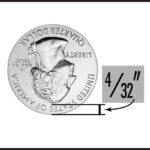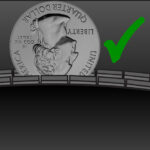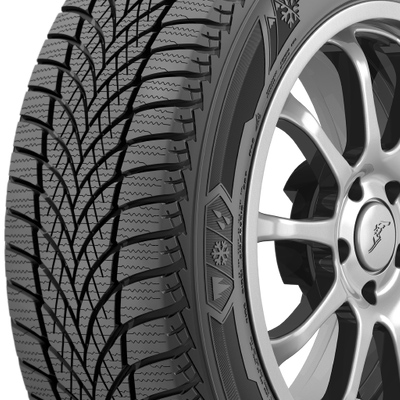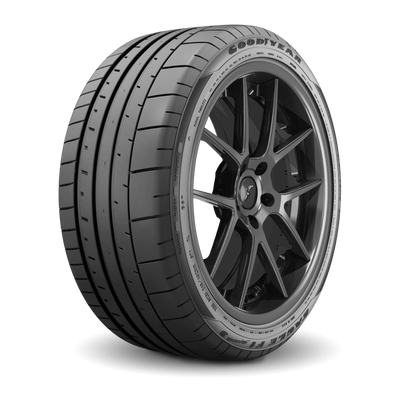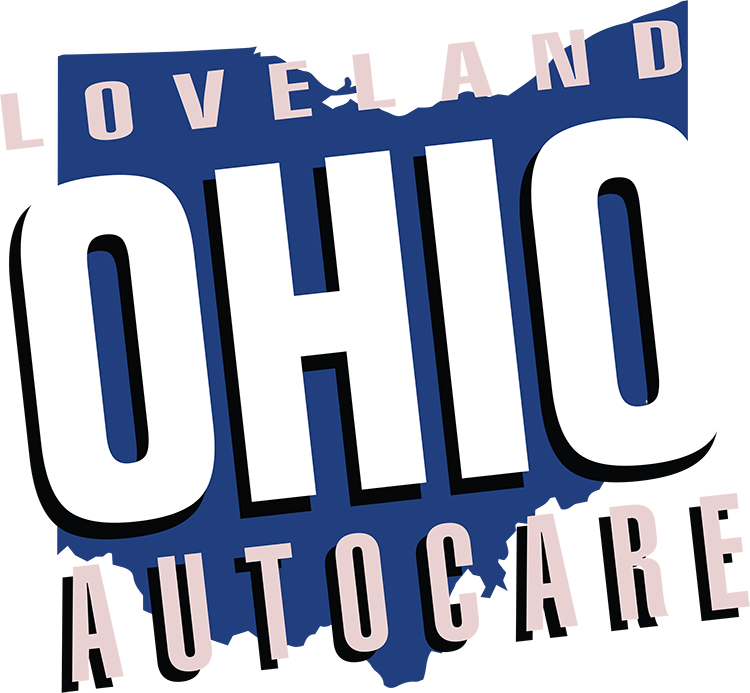
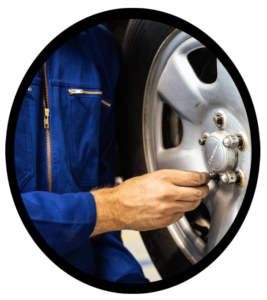
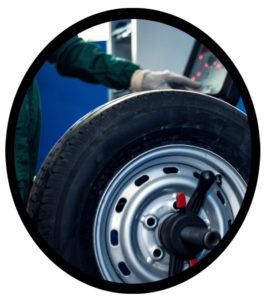
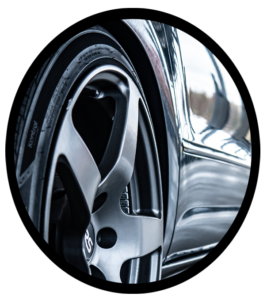
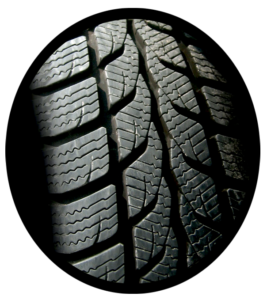
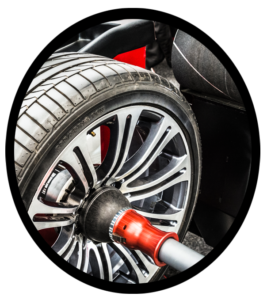
 CERTIFIED Mechanics
CERTIFIED Mechanics 
CERTIFIED Mechanics
Auto Tires Sales, Service & Installation | LOVELAND
The Loveland Ohio Autocare provides comprehensive commercial and family fleet tire sales, service, and repair. We offer a wide selection of premium national tire brands and also provide mounting, alignment, installation, and tire balancing.
Modern automobile tires can achieve 60-70,000 or more miles, depending on driving habits, conditions and environment, as well as the quality of the tires, themselves. Other factors can impact tire replacement, for instance, a scheduled road trip or before winter, or even the expectant lifespan of the vehicle.
Loveland Ohio Autocare is a local service shop that is familiar with the regional terrain and conditions and can provide valuable incite when your tires become aged.
Automobile Tire Repair & Maintenance
Achieving maximum value from your tire purchase starts with proper maintenance. Maintaining proper air pressure along with regularly scheduled tire rotation distributes tire wear and tear evenly and helps extend the life of the tires.
Do I Need New Tires?
As consumers, we try and maximize the value of our purchases. This includes tires. While we certainly want to get every mile we can, its a delicate balance between saving money and an inconvenient blowout along the side of the road. But when should you replace your tires?
Most new automobile tires are installed with 10-11/32″ of tread. Most experts suggest buying new tires once the tread has worn down to 4/32″ with 2/32″ considered hazardous. Ignoring other outside variables like seasonal changes, UV or other surface damage, age of the vehicle, etc., some loose change can help determine how close you are to needing new tires.
The Quarter Test for Tires
With the coin turned upside down and the “heads” side facing you, lower the quarter into one of the thick center treads. If all of Washington’s head is visible, its time to make an appointment.
The Penny Test for Tires
Honest Abe can also be used using the same principle. With the penny similarly positioned, face forward and upside down, if you can see all of Lincoln’s head, you should consider getting new tires.
Tire Installation Service
For Tire Sales, Service & Installation in Loveland near Maineville,
Call 513-450-2900
Or click the auto shop below for our convenient online scheduling app.
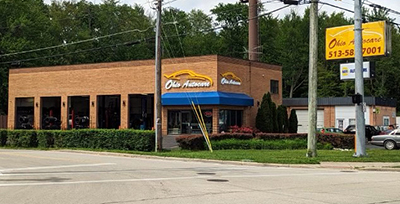
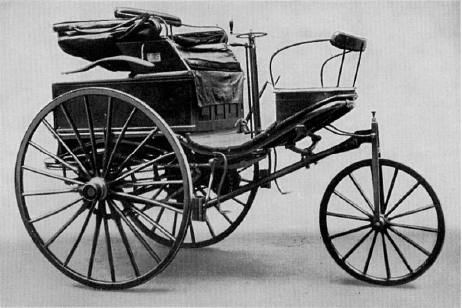
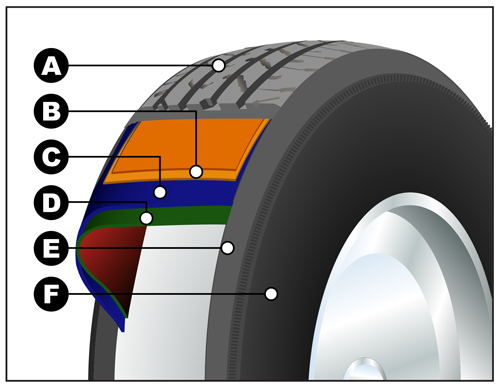
The first car took inspiration from existing modes of transportation at the time like the bicycle and covered wagon. The wheels are a prime example. Both the metal wire rim of the bicycle and the wagon’s wooden wheels were utilized on the early auto demonstrations.
A lot has changed since those early wood, straps, and rims. The pneumatic tire was later invented for the bicycle, but quickly was adapted by the blossoming automobile industry for significantly better performance on increasing horsepower. Today’s automobile tires are a series of carefully constructed layers designed to maximize durability, comfort and fuel efficiency.
A. TREAD: This is where the rubber hits the road. The tread handles traction and handling while the tread grooves dispatch of moisture.
B. BELT PLY: Commonly steel, the belt ply provides puncture resistance while enhancing the tread’s strength and fuel efficiency. Most steel-belted automobile have a minimum of two belt plies.
C. RADIAL CORD BODY: Encased in rubber, the Radial Cord Body strengthens the tire by transferring cornering forces from the tread to the wheel.
D. INNER LINING: The Inner Lining of a tire functions as an inner tube. The Inner Lining is bonded to the Radial Cords and holds the tire’s air.
E. SHOULDER: Transition from Sidewall to Tread.
F. SIDEWALL: The side of the tire and protects the Radial Cord Body.
Winter tires are designed for the challenging driving conditions in colder climates. Formulated with unique rubber compounds, winter tires are able to retain their elasticity in extreme cold weather. Winter tires are molded with deeper and substantially more grooves and spines in the tread for greater traction in ice, snow and slush. If you have to go no matter the weather, winter tires are a good option.
Studded Winter Tires
Studded Winter Tires offer the same cold, ice, and snow traction as Winter Tires but with added cavities for inserting small steel studs. When winter weather is at its worst and staying home isn’t an option, Studded Winter Tires provide excellent traction in the worst of weather.

Summer tires are optimized for summer driving conditions. With less grooving than other car tires, summer tires have greater surface contact area and puts more rubber on the road. They are engineered for superior road handling, cornering and braking for enhanced speed and agility while also providing superior traction in wet weather conditions. The rubber compounds of Summer Tires are not designed to perform in cold temperatures or snow and ice, so once the season is over, Summer Tires will need replaced if you live in a region that gets below freezing.
All Weather Tires
Marketed to perform all year long, All Weather Tires, or All Season Tires, are a hybrid of the Summer and Winter tires. All Weather tires are designed to perform well in most weather, but will struggle in seasonal weather extremes. The hybrid All Weather Tires are the most popular tire as they provide adequate performance for most modern suburban driving conditions.
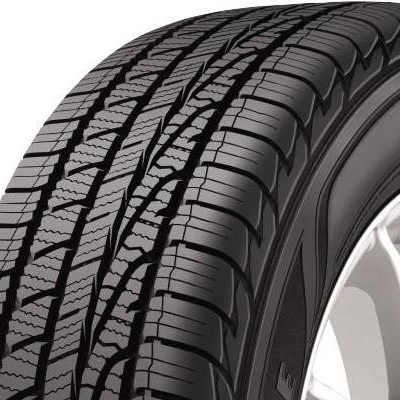
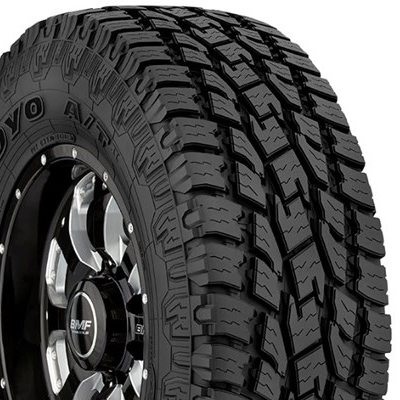
All Terrain Tires
No mistaking these tires. While they will get you to the store, All Terrain tires are engineered for a more challenging surface. If your travels commonly take you off the beaten path, All Terrain tires will get you there. With deep treads and rugged construction, All Terrain tires are built for traction and durability, on four wheels or less.


